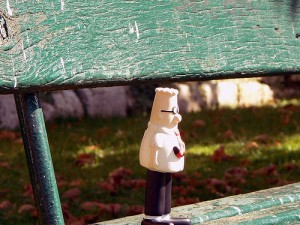 Allison F. can pinpoint the exact day she fell ill. She was at work talking to her boss. “I suddenly felt like a truck hit me. I was weak, dizzy, achy, nauseous and feverish. It felt similar to the onset to the flu, but exceedingly more intense,” she writes. She went home, thinking she had a virus, but she never recovered. Eventually, she was diagnosed with chronic fatigue syndrome.
Allison F. can pinpoint the exact day she fell ill. She was at work talking to her boss. “I suddenly felt like a truck hit me. I was weak, dizzy, achy, nauseous and feverish. It felt similar to the onset to the flu, but exceedingly more intense,” she writes. She went home, thinking she had a virus, but she never recovered. Eventually, she was diagnosed with chronic fatigue syndrome.
Today, she lives with her mother and rarely leaves the house. She struggles with pain, migraines, exhaustion, and neurological problems. “There have been nights when I’ve had serious doubt about whether or not I would make it through until morning (and times when I didn’t care if I did),” she writes. Continue reading




 This is the story of Massachusetts General Hospital case #31-2010: a 29-year-old woman whom I’ll call Melissa.
This is the story of Massachusetts General Hospital case #31-2010: a 29-year-old woman whom I’ll call Melissa.
